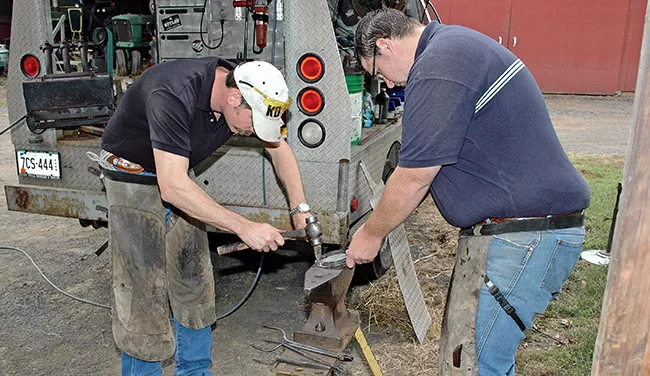American Farriers Journal
American Farriers Journal is the “hands-on” magazine for professional farriers, equine veterinarians and horse care product and service buyers.

The business end of working with performance horses doesn’t appeal to everyone. If that is your case, but you would prefer to work within these various disciplines, Esco Buff suggests joining a multi-farrier practice. Besides avoiding the aggravations that can accompany a business, you will be closer to a guaranteed salary than if you are a business owner/operator.
Farriery is similar to most other trades: as your experience grows, so should your income. Seasoned farriers with several years invested in the profession charge more than counterparts who are closer to the novice level. But it’s not as if some magical threshold is crossed in which a farrier can simply command greater pay than the day before. Instead, what a farrier earns should be a result of careful business planning that is tweaked and cultivated throughout the years.
Webster, N.Y., farrier Esco Buff, Ph.D., finds that the crucial points in a farrier career come at the 3-, 5- and 10-year marks. At these points, larger bumps in pay should come a farrier’s way.
“Then, every 5 years from there — and that doesn’t mean you have to wait 5 years — you should have a plan of what it should be,” he says. “I personally think every farrier should be raising their prices at least 3% every year no matter what. And 3% is not much.”
For the first 5 years, most novice farriers will struggle with the mechanics of the job. Business practices and…